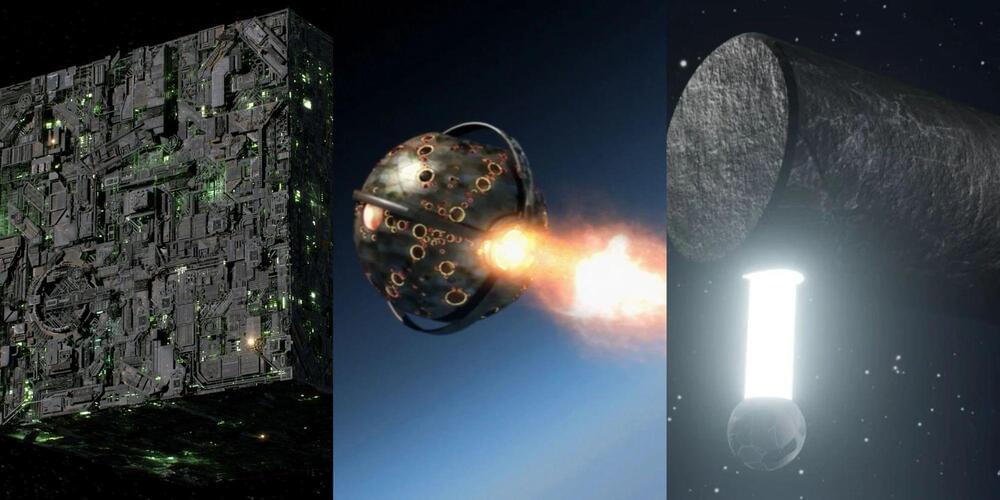A close-door “design competition” with selected global construction companies is underway.
Saudi Arabia may be weighing in on plans for a 2-kilometer-tall, world’s tallest tower, for its 18-square-kilometer master-planned area in the capital city of Riyadh.
“Contractors that have priced megatall towers in the region say that depending on the final design, a 2km-tall structure could cost about $5bn to construct,” said the report.
Dblight/iStock.
The proposed skyscraper will be more than twice as tall as Dubai’s Burj Khalifa, which stands at 828 meters and is currently the tallest building in the world, according to a report published by Middle East business intelligence (MEED) magazine on Wednesday.








